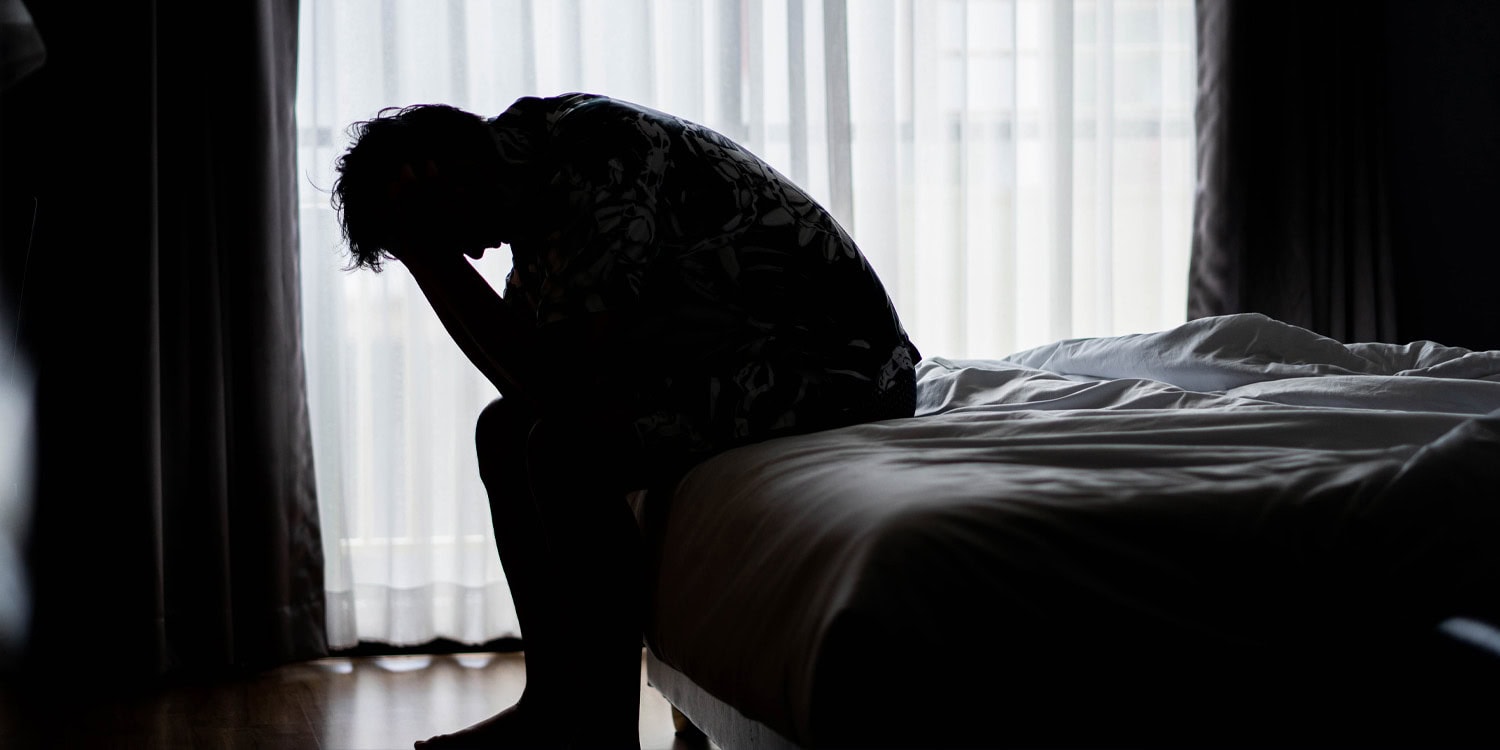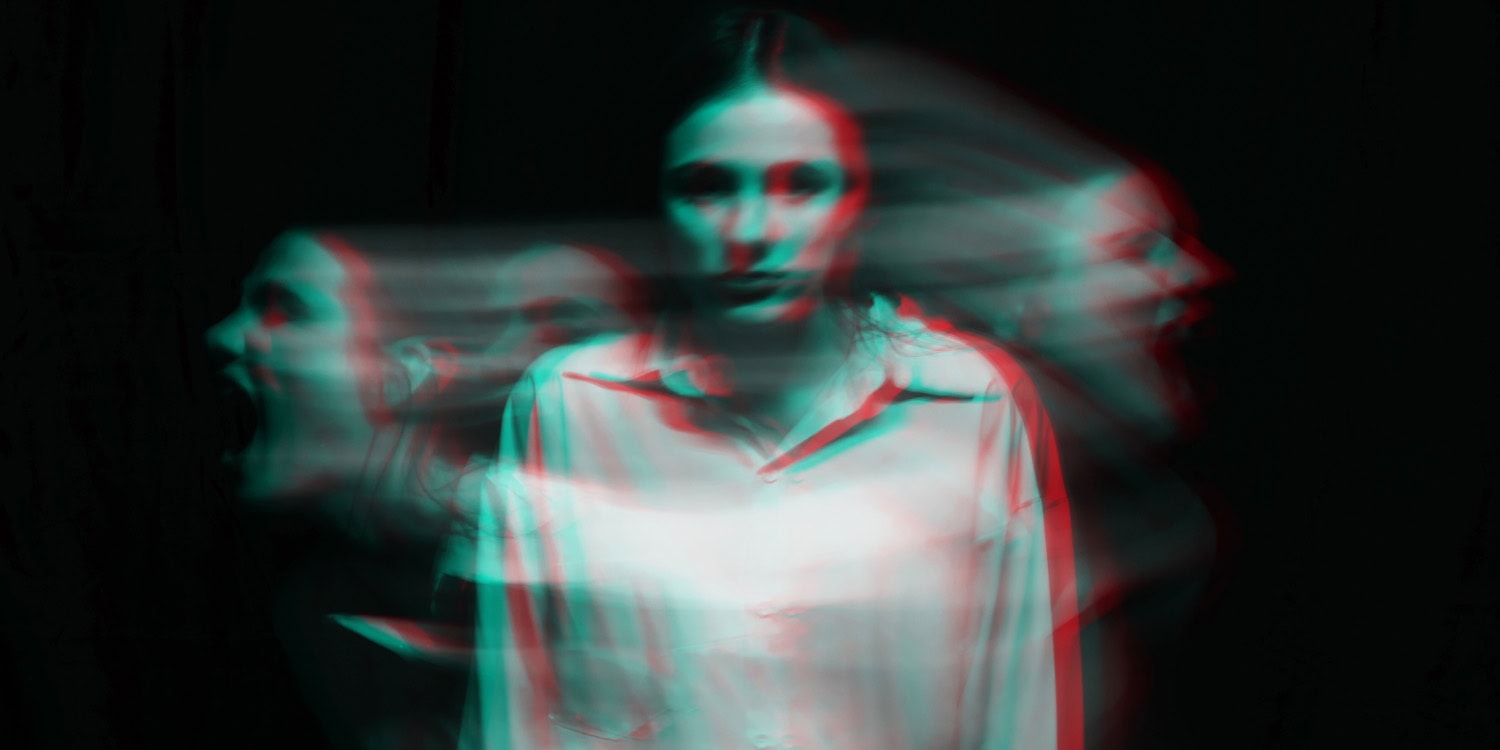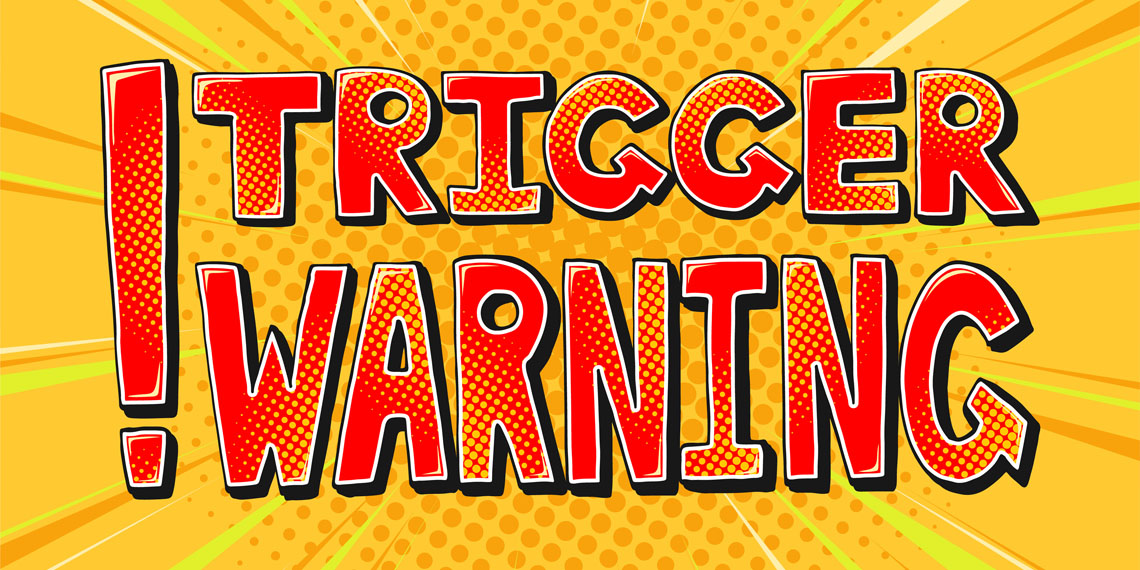Virtual reality training improves the body’s ability to regulate stress
A new study has demonstrated that a virtual reality game can successfully teach people a breathing technique to regulate their physiological stress responses. This training led to improved biological markers of stress regulation during a tense virtual experience, suggesting such games could be a practical way to practice stress management skills. The research was published in the journal Psychophysiology.
While physiological regulation strategies like paced breathing are known to be effective, they are typically learned and practiced in calm, controlled environments. This setting is very different from the high-stress situations where such techniques are most needed, which may make it difficult for people to apply their training in real life. The study authors proposed that virtual reality could offer a unique solution by providing an immersive platform to both teach a regulation skill and then immediately create a stressful context in which to practice it.
The project involved two separate studies. The first study was designed as a proof of concept to see if the approach was feasible. Researchers recruited healthy adult participants and first recorded their baseline heart rate, heart rate variability, and breathing rate while they sat quietly. Heart rate variability is a measure of the variation in time between consecutive heartbeats, with higher variability often indicating better physiological regulation and a greater capacity to cope with stress.
Following the baseline recording, participants put on a virtual reality headset and played a training game. In this game, they found themselves on a boat in a calm sea and were guided through a slow, paced breathing exercise. On-screen prompts instructed them to inhale for five seconds, hold for five seconds, and exhale for five seconds, with the goal of achieving a slow breathing rate of four breaths per minute. Immediately after this training, they were immersed in a stressful game set in a dark dungeon. The objective was to avoid being detected by a creature that could supposedly hear their heartbeats.
A biofeedback display, visible at all times, showed participants a simplified “stress score” based on their heart rate. A green light indicated they were safe, while amber and red lights signaled increasing danger of being discovered. To succeed, participants had to use the breathing technique they had just learned to keep their heart rate down.
The study found that participants were able to apply the breathing technique effectively. Their breathing rate during the stressful dungeon game was significantly lower than their initial resting rate, showing they were following the training. Although their heart rate naturally increased from the stress of the game, their heart rate variability also increased compared to their baseline levels. This suggested an enhanced state of physiological regulation, likely driven by the controlled breathing.
The second study was designed to more formally test the effectiveness of the training by comparing a trained group to an untrained control group. Both groups attended two sessions, separated by about a week. In the first session, all participants experienced an initial stressful virtual reality scenario involving an intruder in a house. This was done to establish a baseline measure of each person’s stress reactivity. After this initial stressor, only the training group played the boat game twice to learn the breathing technique.
When they returned for the second session, the training group received a refresher by playing the boat game two more times. Then, both the trained and untrained groups played the same stressful dungeon game from the first study. The results showed a clear effect of the training. During the dungeon game, the trained group had a significantly lower breathing rate and a significantly higher heart rate variability compared to the untrained control group.
When the researchers compared physiological responses across the two different stressors, they found a notable interaction. The trained group showed a significant improvement in their heart rate variability from the pre-training “intruder” stressor to the post-training “dungeon” stressor. This pattern of improvement was not observed in the control group, providing stronger evidence that the breathing training was responsible for the effect.
An unexpected observation was that participants in the trained group reported feeling subjectively more stressed than the control group. The authors speculate this could be related to a sense of performance anxiety, as the trained group was aware their application of the technique was being evaluated.
The researchers acknowledged some limitations in their work. The first study was affected by technical issues with the respiratory measurement equipment, which led to the loss of some data. Additionally, a minor coding error in the training game meant that the boat’s speed was incorrectly linked to heart rate, though the authors believe this was unlikely to have affected the learning of the breathing pattern.
Future research could explore the surprising finding that physiological regulation did not align with subjective feelings of stress. It may also examine whether skills learned in an unrealistic game scenario can be generalized to manage stress in real-world situations.
The study, “Using a virtual reality game to train biofeedback-based regulation under stress conditions,” was authored by Lucie Daniel-Watanabe, Benjamin Cook, Grace Leung, Marino Krstulović, Johanna Finnemann, Toby Woolley, Craig Powell, and Paul Fletcher.







